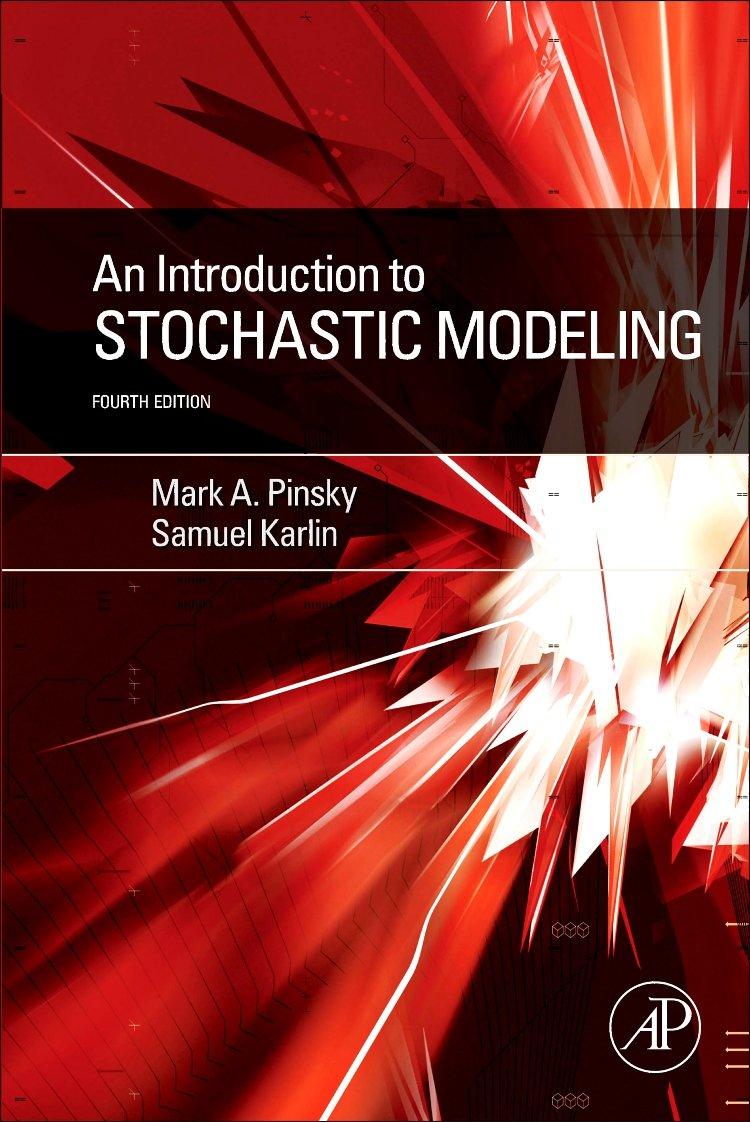3.6.9 Computer Challenge. You have two urns: A and B, with a balls in A and b...
Question:
3.6.9 Computer Challenge. You have two urns: A and B, with a balls in A and b balls in B. You pick an urn at random, each urn being equally likely, and move a ball from it to the other urn. You do this repeatedly. The game ends when either of the urns becomes empty. The number of balls in A at the nth move is a simple random walk, and the expected duration of the game is E[T] D ab [see equation (3.52)]. Now consider three urns, A;B, and C, with a;b, and c balls, respectively. You pick an urn at random, each being equally likely, and move a ball from it to one of the other two urns, each being equally likely. The game ends when one of the three urns becomes empty. What is the mean duration of the game? If you can guess the general form of this mean time by computing it in a variety of particular cases, it is not particularly difficult to verify it by a first step analysis. What about four urns?
Step by Step Answer:

An Introduction To Stochastic Modeling
ISBN: 9780233814162
4th Edition
Authors: Mark A. Pinsky, Samuel Karlin






